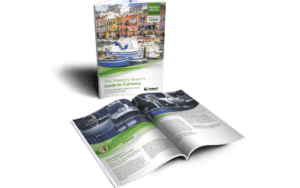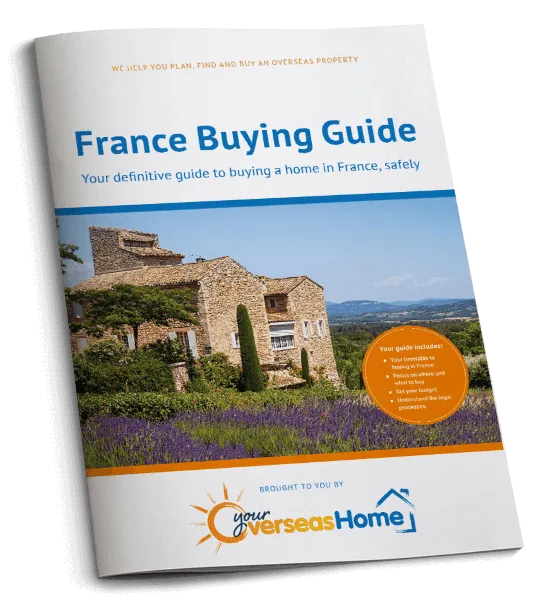Burgundy (or Bourgogne) is a delightful area in central eastern France, about halfway between Paris and Lyon. With the river Loire to the west and Champagne and Franche-Comte to the east, it’s often overlooked.
However, Burgundy has a lot to offer. We’re talking history, stunning ancient towns, beautiful countryside, top notch food and wine and reasonable property prices. It is also easily accessible Paris, so is perfect for Brits wanting a weekend getaway.
Burgundy was merged with neighbouring Franche-Comte in 2016 when all of the administrative regions of France were rejigged to create larger regions. Here are five reasons why you should consider Burgundy as a holiday home location in France…
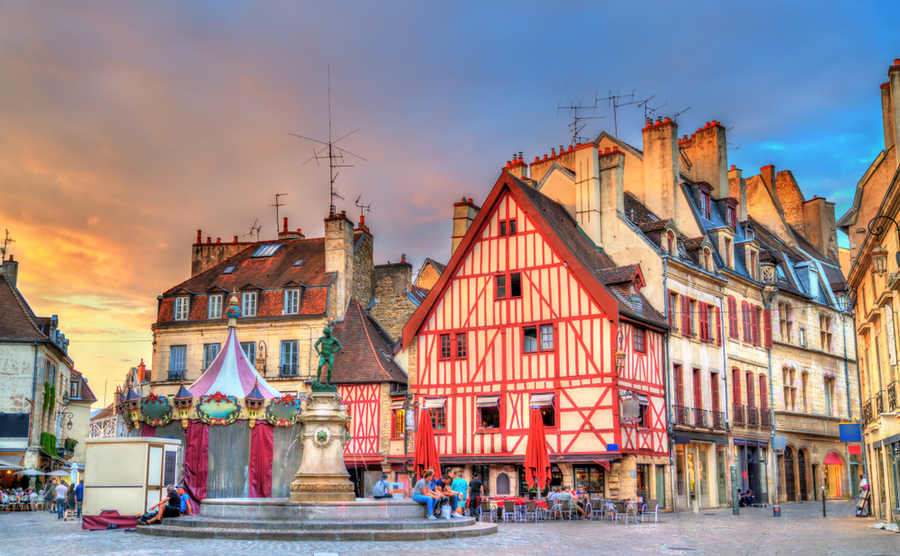
Dijon, Burgundy
Find homes in France via our property portal.
Its cities
The capital is Dijon, famous for its mustard! With very easy access from Paris on the TGV high speed train, this wonderful city plays host to the Palace of the Duke of Burgundy and also is home to the fantastic medieval Cathedral of Saint Benigne. The old town is largely preserved, somehow having escaped much of the damage done by both the Franco-Prussian War in 1870 and the Second World War. Don’t miss the lovely timber and stone houses, many of which date from as early as the 12th century.
Beaune is considered to be the wine capital of the region. You can almost smell the rich aroma of the grapes as you wander around Beaune! This ancient city is a wonderful mix of the old and new with buildings dating back to the Roman era as well as a fine modern shopping centre set around the main square. Plenty to see and do here for the wine and food buff as well as lovers of fine architecture. There is a huge food market on a Saturday morning throughout the year.
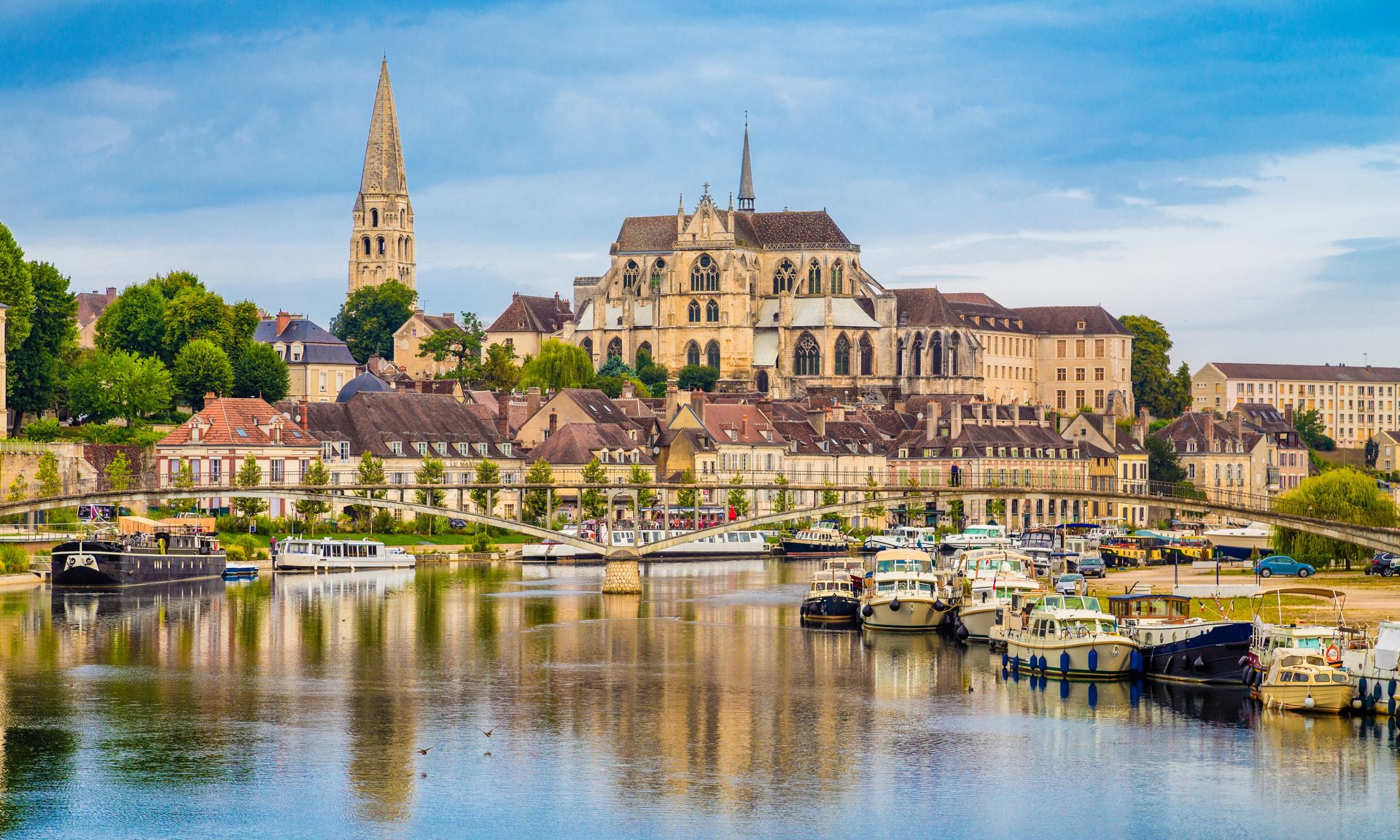
The historic town of Auxerre across the Yonne River in Burgundy
Auxerre lies on the River Yonne and the gorgeous Canal du Nivernais. It is the capital of the Yonne and the fourth largest city in Burgundy. This is an affluent ancient city proud of its Burgundian gastronomy. Surrounded by hills and the canal, a visit here taking in the museums and churches as well as dining excellently, is a great way to experience the real France.
Macon is a very pretty smaller city just at the edge of the River Saone. It is one of those places to linger in with its quaint softly coloured old houses, cobbled streets, little family run cafes and restaurants and of course plenty of individual wine producers.
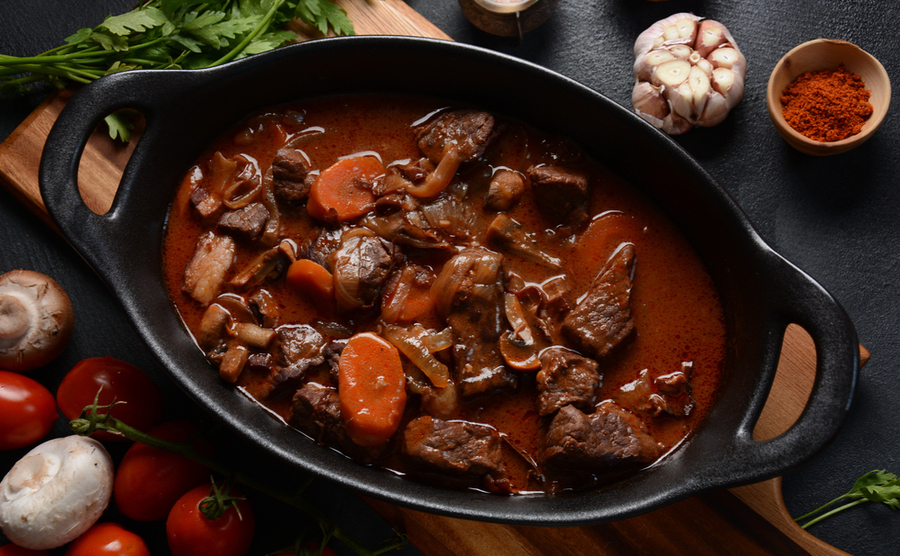
Beef Bourguignon is a regional dish
Its wine and food
Burgundy produces some of the world’s best wines and is known for its gastronomy. Its vineyards are now a UNESCO World Heritage Site, such is its long history of wine production. Try a trip along the Route des Grands Crus: over 50 miles going through several gorgeous little villages with AOC appellations such as Nuits-Saint-Georges, Gevrey-Chambertain and Pommard. The region is known for both red and white wines.
As for food, the rich satisfying boeuf Bourguignon is one of the specialities as well as coq au vin and snails along with some fabulous cheeses such as the creamy Epoisses. Burgundy is also known for its blackcurrants, often best sampled in a delicious “Kir” aperitif: white wine and creme de cassis (blackcurrants).
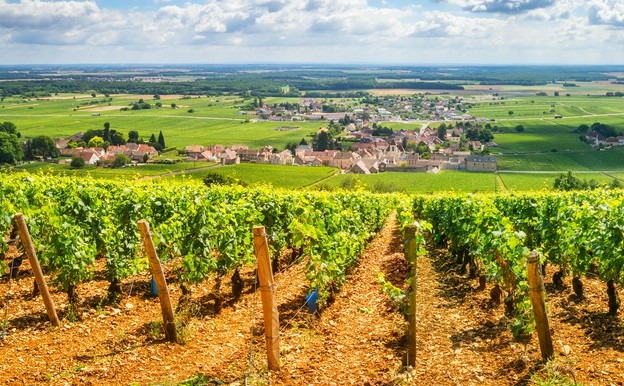
Burgundy’s vineyards
Its countryside
All 4 departments (Yonne, Côte d’Or, Saône-et-Loire and Nièvre) offer some of the loveliest countryside in France for hikers, cyclists and lovers of water! The Park Regional du Morvan is very popular with hikers and a cruise along the Canal du Nivernais is a great way to see the countryside and vineyards.
Vineyards of note include Les Caves Bailly Lapierre (worth a visit just to see the wine cellar), Chablis Vititours and Patriarche Pere & Fils. Each one is entirely unique with a rich history and family roots that span centuries.
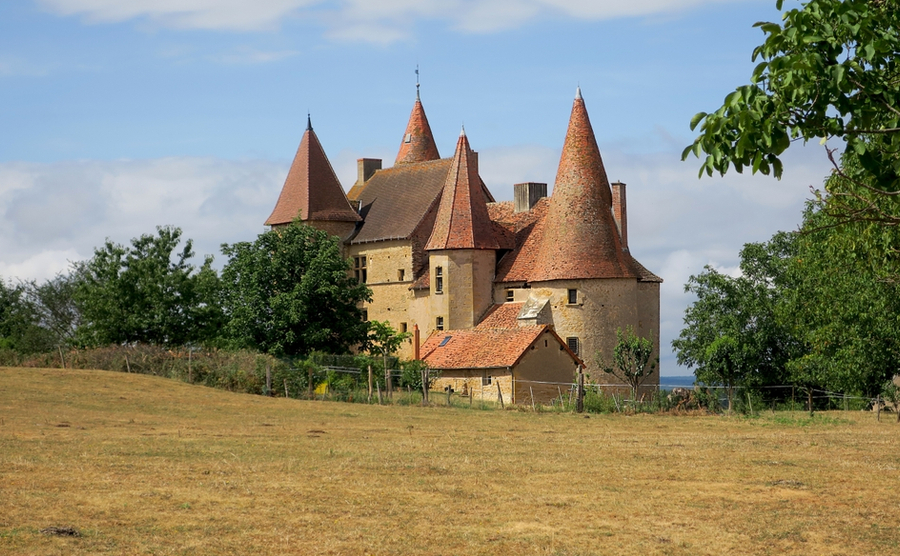
Chateau Chassy, Burgundy
Its history
The history of Burgundy is fascinating going right back to the Roman era. It was host to royalty and nobility in the past and its legacy is clear to see with the imposing chateaux, ancient town houses, churches and abbeys. Modern day Burgundy is a wonderful combination of the past and present with its fabulous cities, its wine production, its architecture, its rivers and rolling hills.
“Climats” are actually parcels of land which form a long procession of vineyards in Burgundy and are now a UNESCO World Heritage Site. They are unique to Burgundy and each parcel have their own characteristics regarding the type of soil and position in regard to the sun which affords the wine they produce with a particular taste. They even have their own museum, the Maison des Climats located in Beaune.
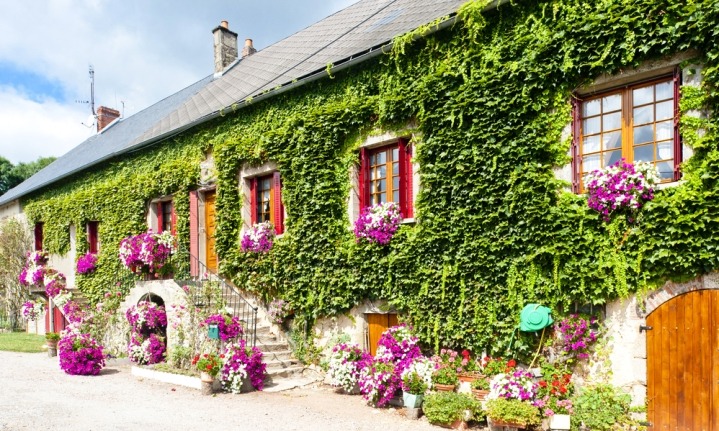
A typical country home in Burgundy
Its properties
Burgundy is quite a large region with a variety of types of property across its 4 departments. The traditional stone-built farmhouse is evident everywhere, but you will also find plenty of “maisons de maitre” or manor houses as well as some lovely modern properties, often with a decent size plot of land.
The cheapest department is the Nievre where you can find a detached house with some land for under €200,000. The most popular and best-known department is the Cote d’Or with its wealth of vineyards and beautiful countryside.
There is an excellent rental market here and the Canal de Bourgogne runs through it, rendering it very popular with tourists from all over the world. It is here you will find the capital, Dijon and also Beaune.
The Saone et Loire department also has some wonderful traditional properties for sale currently. For €180,000 you can buy two adjoining homes with some land in the village of Saisy, in the Saone et Loire department.
Burgundy seems to combine most of what we all love about France: a fascinating history, stunning landscape and architecture. reasonable property prices and of course some of the world’s finest wines! A property purchase here is likely to prove to be a sound investment.


